Covid vaccines: How fast is progress around the world?
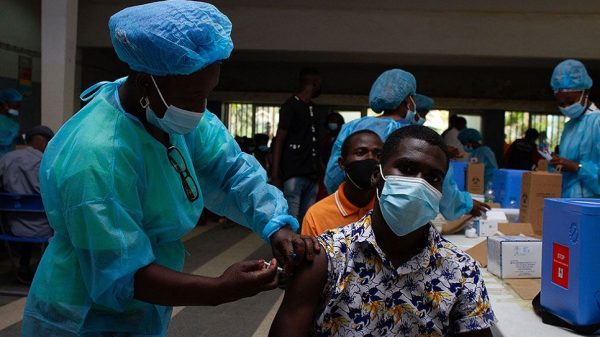
More than six billion doses of coronavirus vaccines have been administered, in at least 196 countries worldwide.
However, there are vast differences in the pace of progress in different parts of the world.
Some countries have secured and delivered doses to a large proportion of their population – but others are some way behind.
This information is regularly updated but may not reflect the latest totals for each country. Total vaccinations refers to the number of doses given, not the number of people vaccinated. It is possible to have more than 100 doses per 100 population as some vaccines require two doses per person.
Source: Our World in Data, ONS, gov.uk dashboard
Last updated: 4 October 2021, 11:53 BST
Who is receiving vaccines?
With an aim to give doses to nearly every adult around the world, this is the largest vaccination programme in history.
Overall, China and India have administered the highest number of doses, with more than 2.2 billion and 906 million respectively. The US ranks third, with more than 395 million.
While countries in Europe and the Americas are progressing well with their vaccination campaigns, many states in Africa have experienced some supply issues.
The World Health Organization (WHO) had set a target of 10% of the populations of all countries to be fully vaccinated against Covid-19 by the end of September. However, more than 50 countries have not yet reached that level of protection.
Most are in Africa, where the WHO’s overall figure for those fully vaccinated is currently 4.4%. In wealthier countries, like the UK, it is nearly 66%.
Many poorer countries are relying on deliveries from Covax, a scheme led by Gavi, the Vaccine Alliance, together with the WHO and the Coalition for Epidemic Preparedness Innovations (CEPI), which is trying to ensure everyone in the world has access to a Covid vaccine.
Covax had planned to deliver about two billion vaccine doses globally by the end of the year, but it has now downgraded its supply forecast by 25% to 1.4 billion – the result of global export bans, production challenges and slow regulatory approval processes.
So far the scheme has shipped more than 310 million vaccines.
Leaders of the G7 countries have pledged to supply one billion vaccine doses to poorer countries, either directly or through the Covax scheme.
Which vaccines are in use?
The vaccine produced by Pfizer and BioNTech was the first approved by the WHO, followed by several others.
The Oxford-AstraZeneca vaccine is now the most widely used around the globe.
Unlike Pfizer’s jab – which has to be kept at an extremely cold temperature (-70C) – the Oxford vaccine can be stored in a normal fridge, which makes it easier to distribute.
The African Union has started the distribution of 400 million vaccines produced by Janssen (Johnson & Johnson) – which, unlike the Pfizer and Oxford-AstraZeneca vaccines, only requires one dose.
Most governments are starting with doses for the over-60s, health workers and people who are clinically vulnerable.
In countries such as Israel and the UK, there are already promising signs the vaccines are reducing hospital admissions and deaths.
Worldwide, more than 100 possible vaccines are undergoing trials to test their efficacy and safety.
About this data
Our World in Data, a collaboration between Oxford University and an educational charity, collated the information in the map and table above.
Population figures have been sourced from the United Nations’ mid-2020 estimates, and UK data from official government sources and the Office of National Statistics.





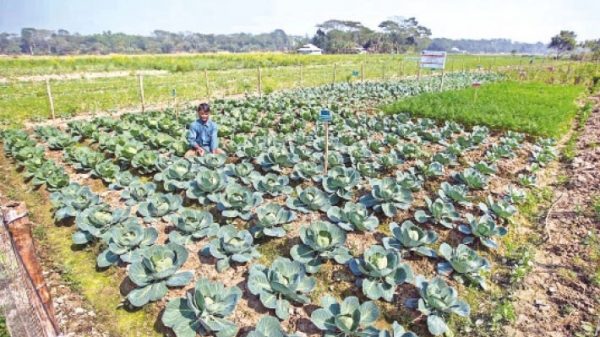

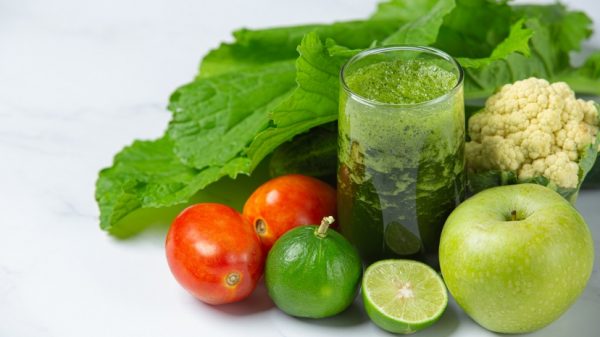
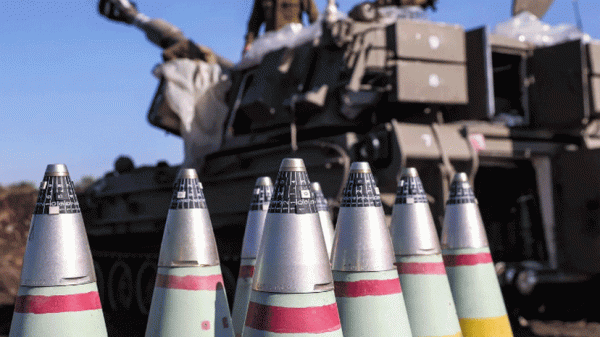

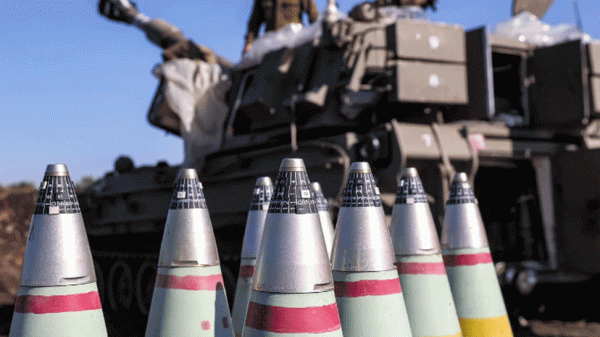


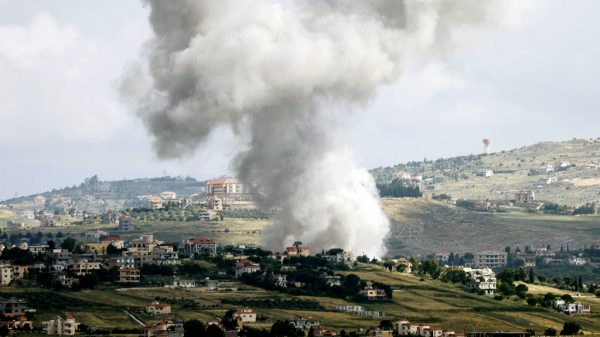














Leave a Reply